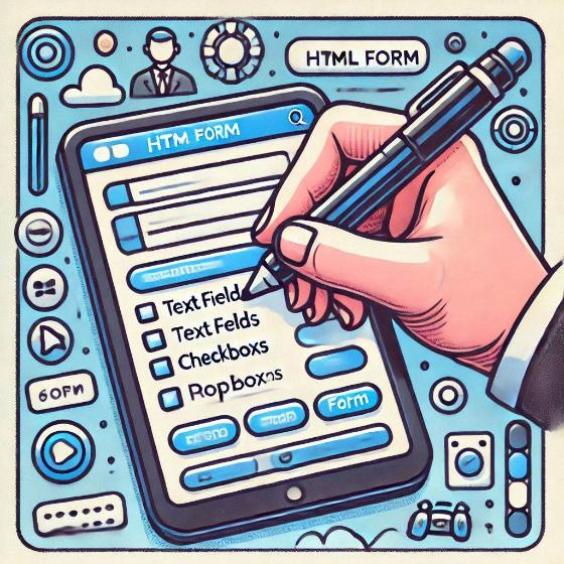The Importance of Body Language in Face-to-Face Sales
In the world of sales, it is common to hear that effective communication is key to closing deals and building trust with customers. However, communication is not limited to the words that are said, but also involves body language. In this article, we will explore the importance of body language in face-to-face sales and how it can influence the outcome of your interactions with customers.

What is body language?
Body language refers to the non-verbal signals we send through our movements, postures, and facial expressions. These signals can convey information about our thoughts, feelings, and attitudes, and can influence the way others perceive us.
Types of body language
There are several types of body language that can influence face-to-face sales. Some of the most common include:
- Posture: The way we sit or stand can convey confidence or insecurity.
- Eye contact: Eye contact can indicate interest and attention, or lack of interest and disdain.
- Facial expressions: Facial expressions can convey emotions such as happiness, sadness, or surprise.
- Gestures: Gestures can indicate enthusiasm or disinterest.
- Proximity: The physical distance we maintain with others can influence feelings of comfort or discomfort.
Why is body language important in face-to-face sales?
Body language is important in face-to-face sales because it can influence the way customers perceive us and the trust they place in us. Some of the reasons why body language is crucial in face-to-face sales include:
- Establishing trust: An open and confident body language can help establish trust with customers.
- Creating an emotional connection: Body language can help create an emotional connection with customers, which can influence their purchasing decision.
- Communicating interest and attention: Body language can indicate that we are interested and attentive to the needs and concerns of customers.
- Avoiding misunderstandings: Body language can help avoid misunderstandings and conflicts, as it can convey non-verbal information that can complement or contradict what is being said.
Tips for improving body language in face-to-face sales
Here are some tips for improving body language in face-to-face sales:
- Maintain an open and confident posture: Make sure to maintain an upright and relaxed posture, with shoulders back and head held high.
- Listen actively: Make sure to listen actively to customers, nodding and using other non-verbal cues to show that you are engaged.
- Use positive facial expressions: Make sure to use positive facial expressions, such as a smile, to convey enthusiasm and interest.
- Use open and relaxed gestures: Make sure to use open and relaxed gestures, such as keeping hands visible and not crossing arms.
- Maintain an appropriate distance: Make sure to maintain an appropriate distance with customers, without invading their personal space.
In conclusion, body language is a crucial aspect of face-to-face sales, as it can influence the way customers perceive us and the trust they place in us. By improving body language, we can establish trust, create an emotional connection, and communicate interest and attention. Remember that body language is a powerful tool that can help you close deals and generate positive results in your interactions with customers.





